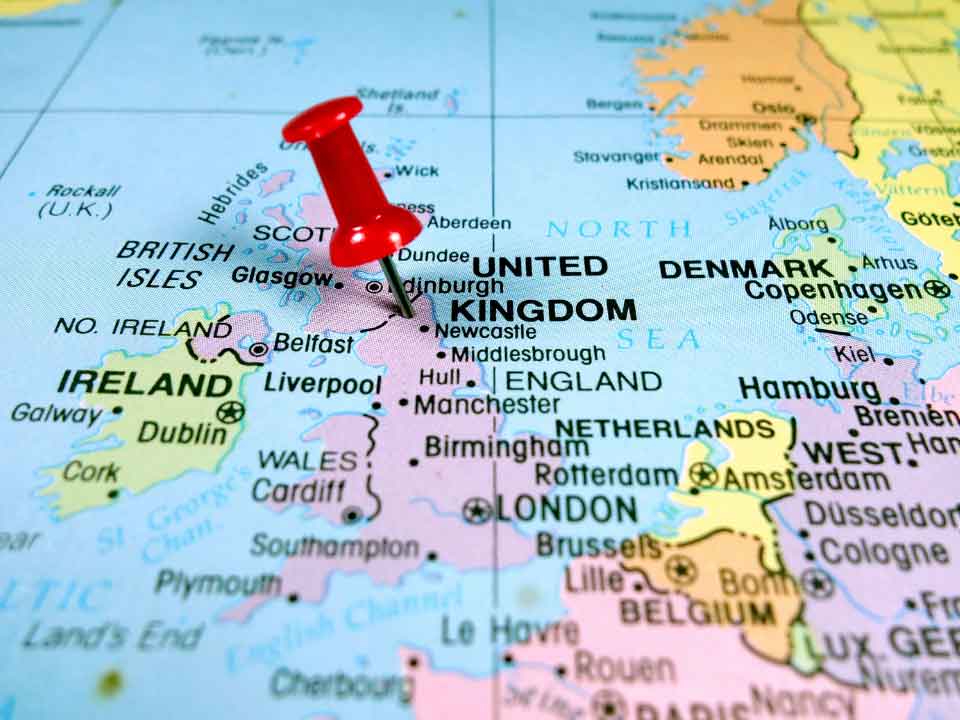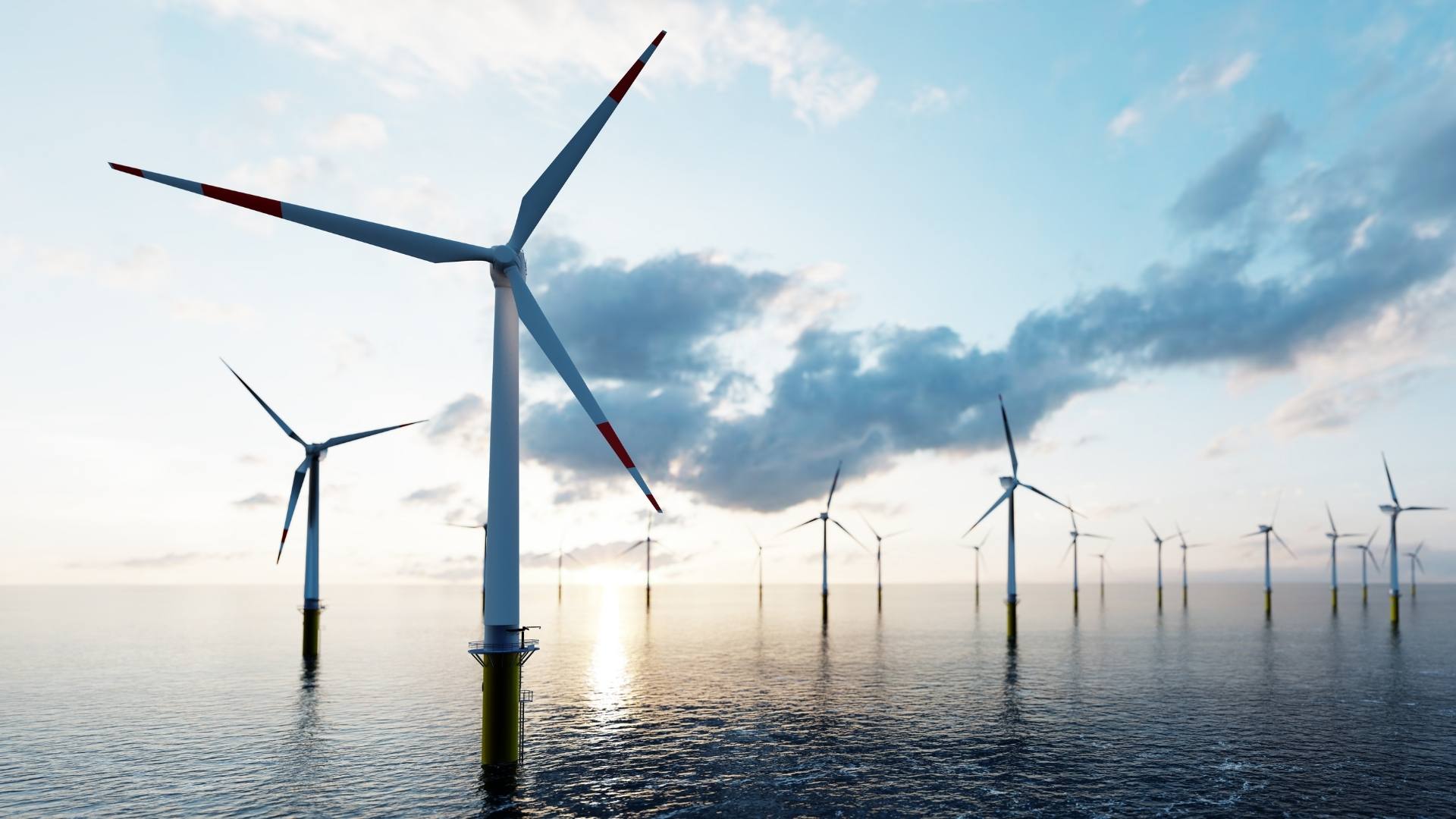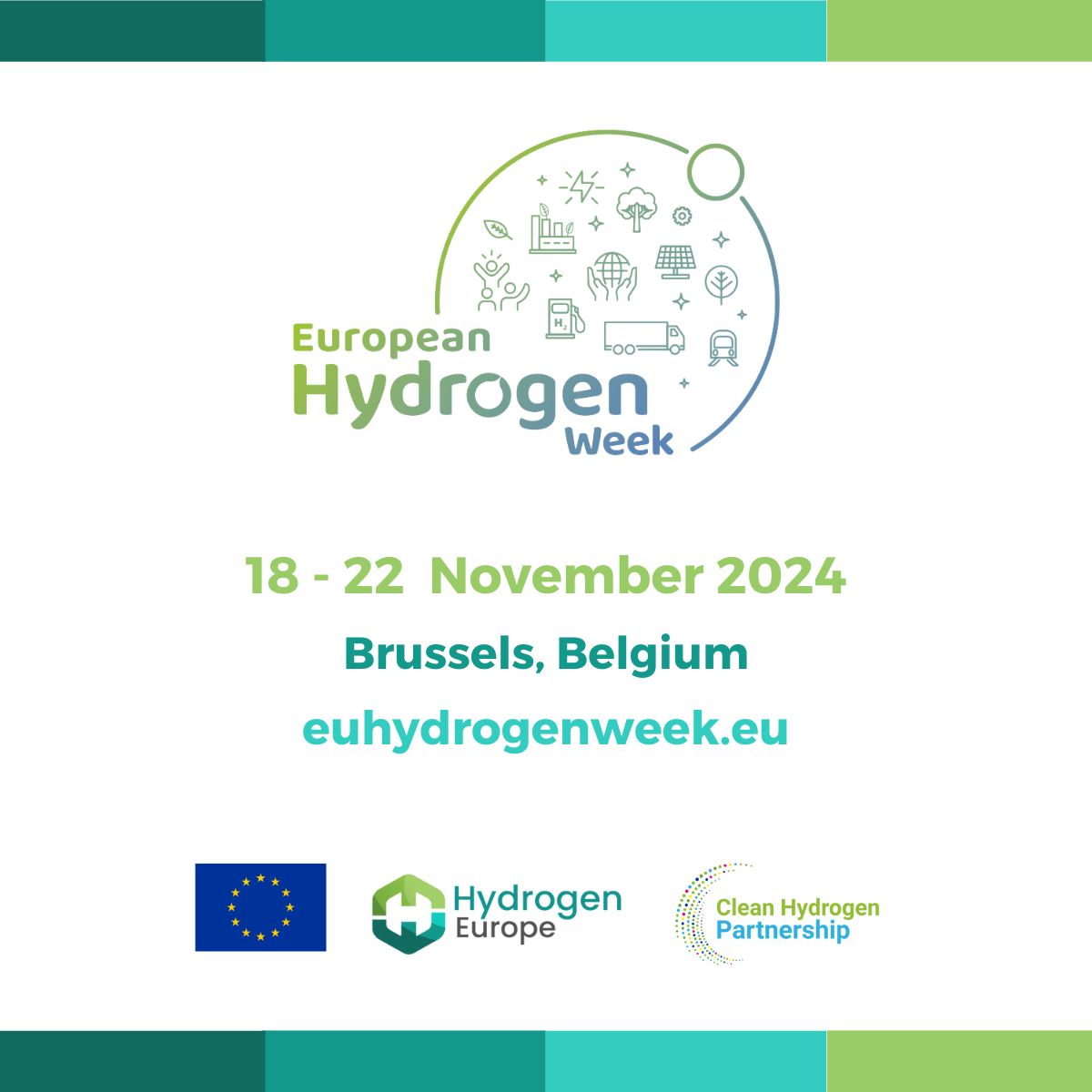
H2 Green Steel secures €4.5bn funding for world-first project
23 January 2024
UK investment firm forms decarbonisation business with hydrogen and energy players
24 January 2024As Europe sets its sights on connecting an ambitious 111 GW of offshore wind by 2030 and 317 GW by 2050,as was agreed in January 2023 among Member States, it faces a monumental challenge: the structural congestion of onshore grids.
In 2023 alone, Germany curtailed 8 TWh of renewable energy, with onshore wind turbines accounting for 60% of these curtailments. This highlights a critical issue: ‘Grids is the new permitting.’ Existing power grids are struggling to keep pace with the rapid deployment of renewable energy sources across Europe. As a result, grid congestion is expected to become the norm rather than the exception. Hence, the challenge is twofold: not only must Europe build vast offshore capacities, and do it fast, but it also it has to effectively connect them to the grid.
Projects like Germany’s “SuedLink” HVDC transmission lines are tackling this pressing issue. However, solely relying on traditional methods of electricity transportation and grid planning will not help solve the congestion issue and will likely leave us short on our Renewable Energy targets. Alternative solutions, such as the development of large electrolyser plants onshore by the coast, supported by hydrogen pipelines, will be a key step towards supporting offshore wind integration. Deploying large-scale electrolysers by the coast, near the landing cables, would avoid having to reinforce already saturated grid nodes, and would allow deploying much larger offshore wind capacities than otherwise capped by existing grid development plans.
Ulrik Stridbæk, Ørsted Head of Global Regulatory and Public Affairs, says:
“Delayed grid reinforcement and connections are among the main bottlenecks to the timely installation of new wind energy projects. But that power is needed for both direct and indirect electrification. A multi-sectorial integrated planning following a “one-system” view is therefore essential.
Renewable hydrogen can integrate more renewables into the energy system while alleviating transmission investment needs. For that to happen both electricity and hydrogen pipeline planning need to go hand in hand and governments and regulators should allow for ‘anticipatory investments’ in no-regret infrastructure.”
In the longer term, hydrogen will be produced both onshore and offshore, with offshore hydrogen directly connected to wind farms and to offshore pipelines, reducing the need to overly deploy offshore power grid infrastructure, and reducing the impact of cables landing to the shores. As offshore wind goes off grid, it can be installed further away from the shore, tapping into higher wind energy resources.
Initiatives like AquaDuctus underscore this need by aiming to connect the North Sea energy hub with the north coast just through an offshore hydrogen pipeline, which would bring the hydrogen directly to high-demand industrial areas in southern Germany. Other projects such as Sealhyfe in France are demonstrating that hydrogen can be produced safely and reliably in harsh offshore environments.
However, achieving this vision demands strong grid planning coordination. Europe is now complementing its Ten-Year Network Development Plan (TYNPD) with a dedicated Offshore Network Development Plan, developed, and published today by ENTSO-e. This is to be further strengthened by the creation of the European Network of Network Operators for Hydrogen (ENNOH) and a dedicated H2 TYNDP. Ultimately, that means striving towards an integrated TYNDP, covering electricity, gas and hydrogen infrastructure pieces.
It cannot be denied that our commitment to connect 111 GW of offshore wind by 2030 is extremely bold. Yet, it remains within our reach. To succeed, however, Europe must look beyond the traditional methods of electricity planning and transportation and embrace a more holistic and systemic approach to deployment of its critical grids and pipelines. Only then, Europe may be able to fully harness the maximum of its clean energy potential and achieve its ambitious climate and energy goals.



